What's the Best Alternative to an OLED TV? Right now, It Comes Down to These Two Options
In practical terms, it's currently a choice between Mini-LED and QD-OLED
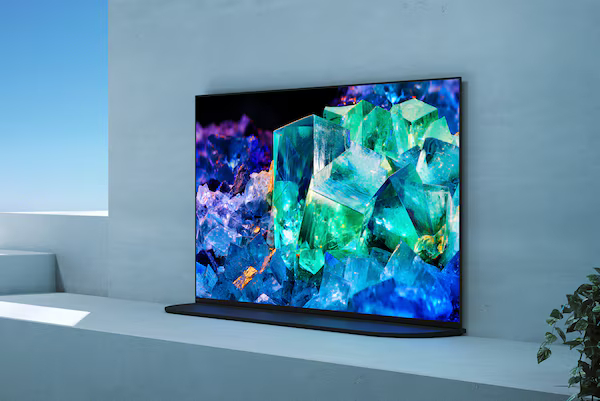

For years, OLED has been the gold standard for those who want the best possible image quality for their home cinema. Each pixel is individually lit (or unlit) for perfect blacks and infinite contrast.
Yes, it’s not without its problems: a high price of entry, the comparatively low brightness, the limited lifespan of the organic light-emitting diodes, and the still not quite eliminated threat of burn-in. It's no surprise that there's a demand for OLED alternatives, but for plenty of cinephiles, an OLED TV is worth it, in spite of the real and theoretical drawbacks.
Micro-LED may be the successor in the long term, but unless you have very deep pockets, it’s simply not practical today. How deep? This one from Samsung is $110,000 for an 89-inch panel.
So what are the current OLED alternatives? It really comes down to two options in 2024…
OLED alternatives: QD-OLED
The first, QD-OLED, is really an advancement of OLED. But it’s one that targets its main weak spot: brightness.
To explain the difference, we need to get into the nitty-gritty of how OLED works. OLED (or Organic Light-Emitting Diode, to unpack the acronym) is made with an organic compound that glows when electricity is applied. The more electricity that’s applied, the brighter it gets.
These are typically white lights that pass through a filter to make different colors. The more electricity that’s applied, the brighter the pixel — though this comes at the expense of an OLED TV's life expectancy.
With QD-OLED (or “Quantum Dot” OLED), the method is changed slightly, with the OLED lights producing a blue light that is passed through a layer of quantum dots which change the tone to the required color. Quantum dots are more efficient than the color filters used in traditional OLED sets meaning less brightness is lost in the color-changing process. That means that content can appear significantly brighter, with less of the associated wear and tear of maxing out a regular OLED panel’s brightness.
In terms of downsides, there are only a few. The first is they’re not that common. Relatedly, as QD-OLED is very much a top-end technology, TVs featuring it are pricey, with the smallest available Samsung S95C QD-OLED coming in at $1,800 on BestBuy and the Sony Bravia A95L starting at $2,800 on BestBuy.
Finally, while it’s easy to get a big QD-OLED panel (assuming your bank account will let you), smaller ones are hard to come by. They tend to start at 55 inches, while it’s possible to buy a 42-inch OLED TV if you prefer something less imposing in your living room.
OLED alternatives: Mini-LED
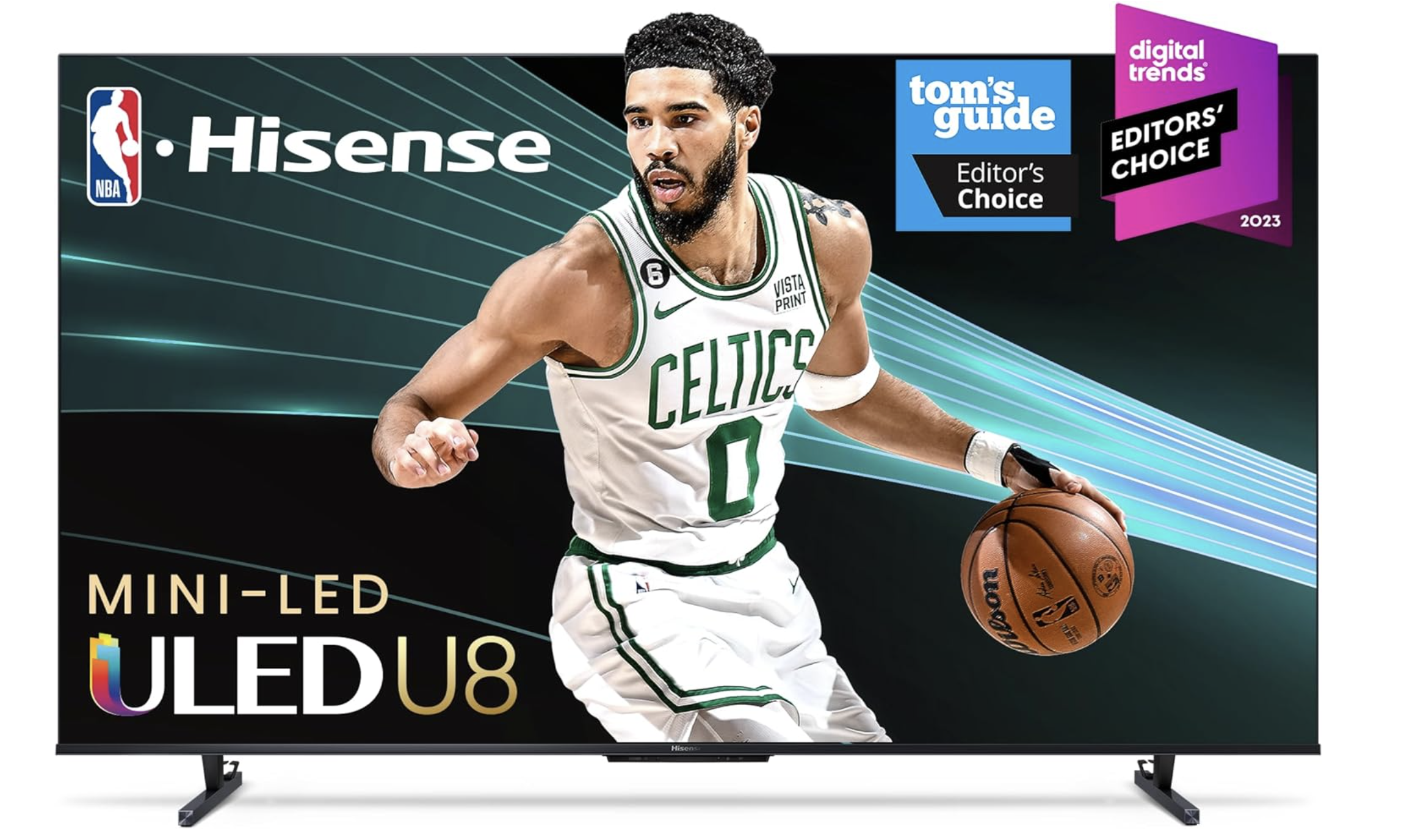
Mini-LED technology, meanwhile is an advanced version of the traditional LED screen, in that it relies on backlighting rather than each pixel being self-illuminating. The difference is that rather than having a giant backlight, or even a handful of smaller ones, Mini-LED panels have thousands of LED backlights measuring between less than 0.008 inches each.
That means that TVs using the technology have far better control over light levels and can turn off areas that are pitch black. Comparing Mini-LED and OLED, it doesn’t produce an image that’s quite as impressive as each pixel being individually illuminated, but it’s a significant upgrade on traditional LED TVs and plenty of people won’t notice the difference.
It has three big advantages over OLED. Firstly, the underlying technology means that Mini-LED tech is far less susceptible to burn-in than OLED. Secondly, the backlighting means that brightness can go higher — which is very handy for well-lit environments.
Finally, and arguably most importantly, Mini-LED TVs are significantly cheaper than both OLED and QD-OLED TVs. Our sister site, Tom’s Guide, highly rates the Hisense U8N Mini-LED TV — and the giant 85-inch model can currently be bought for under $2,000. Go 30 inches smaller and it’s just $1,100.
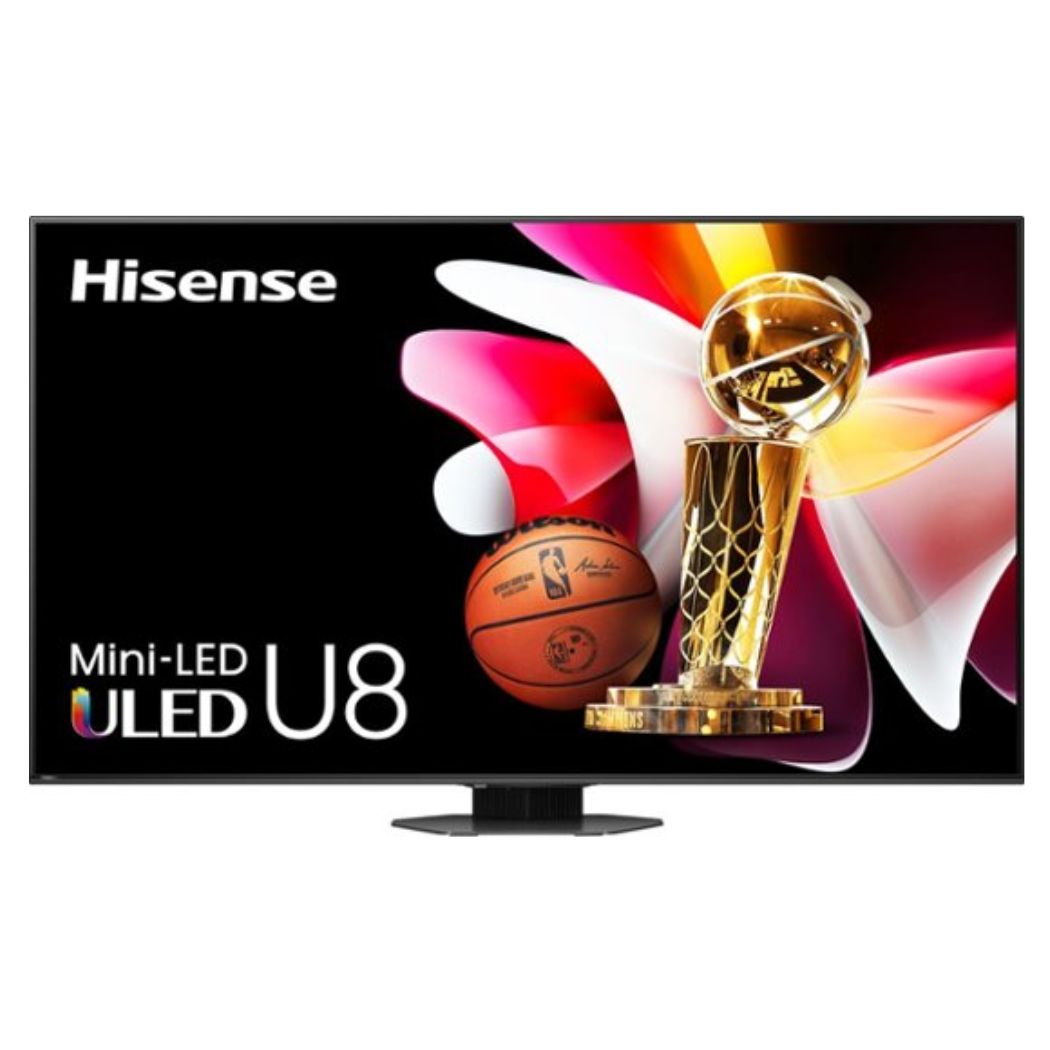
This writer's choice of 85 inch Mini-LED TV has $802.99 off its originally $2,800 price tag. Similar size OLED models from Samsung and LG run from $4,500 to $5,500.
The 55" model of the same TV is $997.99, down from $1099.99, where other brands run to around $1,700 to $2,000 for OLEDs in the same size, though it's worth noting that, in general, Hisense TV offering is often cheaper than the likes of Samsung and LG (though our reviewers rate their value for money).
To be clear, OLED itself is going nowhere — or at least not yet. It still offers unbeatable picture quality, contrast and viewing angles.
But, price aside, QD-OLED offers all the advantages of OLED without the brightness drawback. And for those with smaller budgets, the best Mini-LED TVs aren’t all that far behind with even greater brightness and skirts problems like OLED burn-in thanks to the backlighting involved.
In short, high-end TV buyers have never had it so good. And it’s only going to get better in the next few years as prices come down and technology gets even more sophisticated.
Be The First To Know
The Livingetc newsletters are your inside source for what’s shaping interiors now - and what’s next. Discover trend forecasts, smart style ideas, and curated shopping inspiration that brings design to life. Subscribe today and stay ahead of the curve.

Freelance contributor Alan has been writing about tech for over a decade, covering phones, drones and everything in between. Previously Deputy Editor of tech site Alphr, his words are found all over the web and in the occasional magazine too. He often writes for T3 and Tom's Guide. When not weighing up the pros and cons of the latest smartwatch, you'll probably find him tackling his ever-growing games backlog. Or, more likely, playing Spelunky for the millionth time.
-
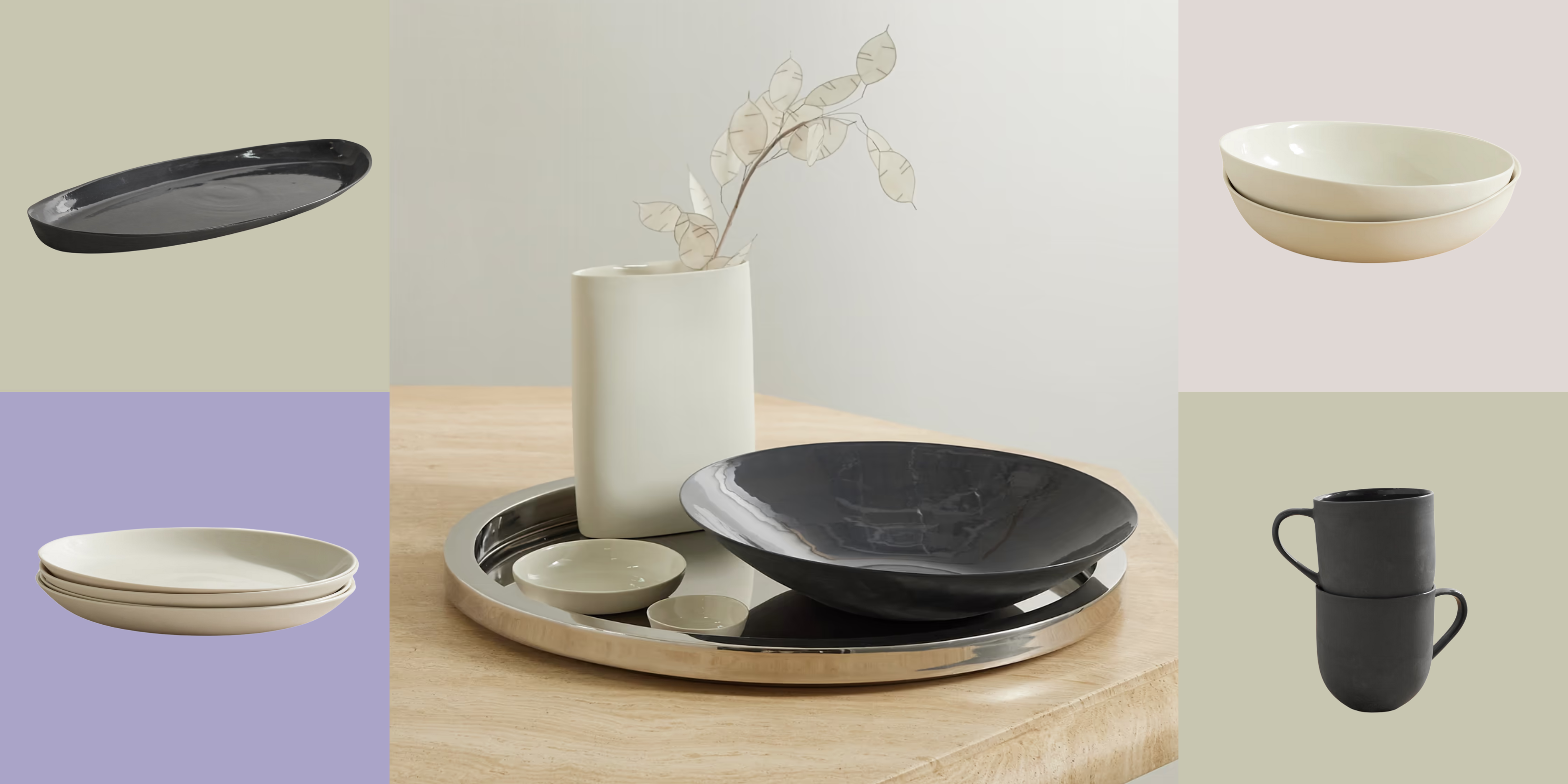 Turns Out, Sustainable Design Can Be Chic, and Net-a-Porter's 'Net Sustain' Curation Is Proof — Here's What I'm Shopping
Turns Out, Sustainable Design Can Be Chic, and Net-a-Porter's 'Net Sustain' Curation Is Proof — Here's What I'm ShoppingFrom the Net Sustain collection, Mud Australia's homeware is not only design-oriented, but eco-focused, too
By Devin Toolen
-
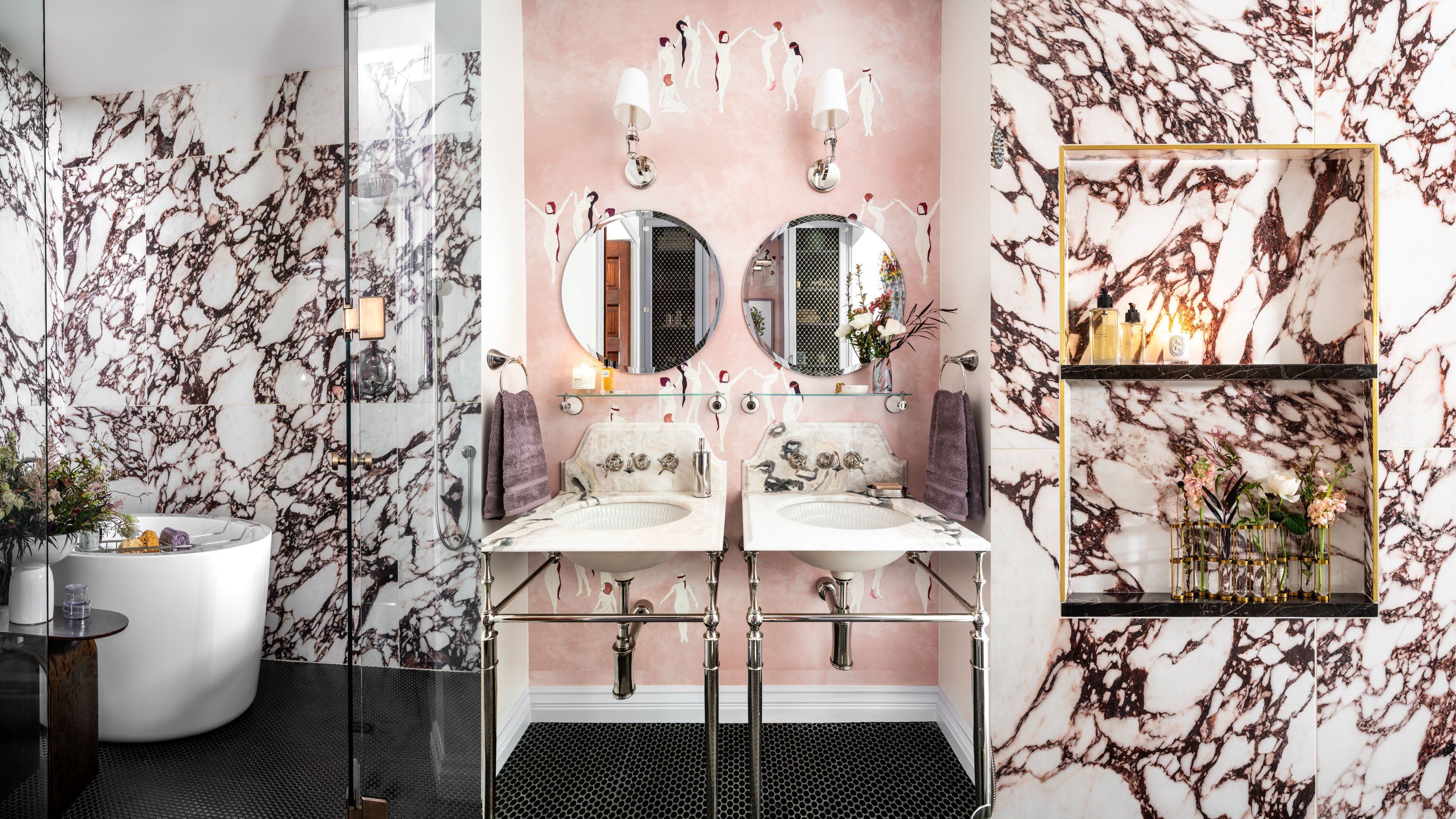 Before and After — How This Jewel-Box Bathroom Made the Most of Its Proportions With Maximalist Design and a 'Soaking Tub'
Before and After — How This Jewel-Box Bathroom Made the Most of Its Proportions With Maximalist Design and a 'Soaking Tub'This design offers a masterclass on creating a luxurious bathroom that is equally playful and elegant.
By Maya Glantz